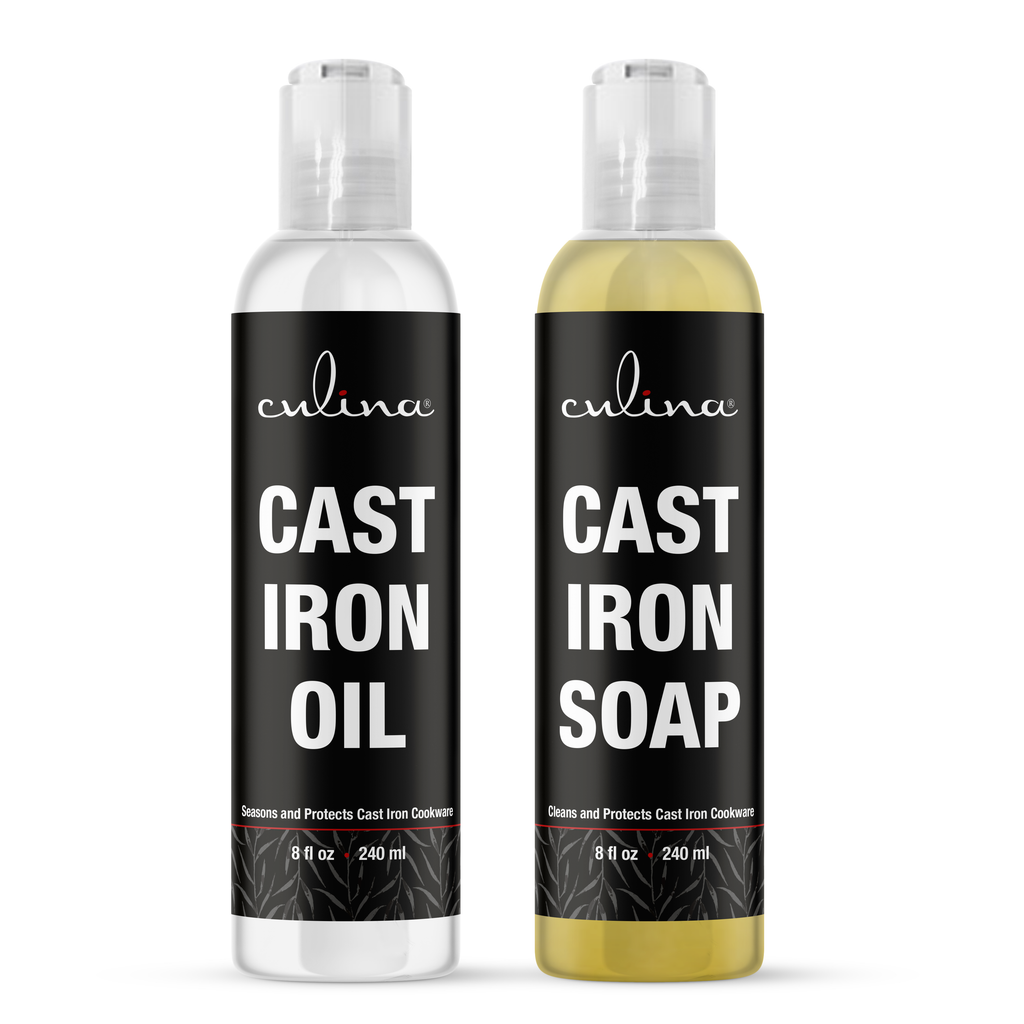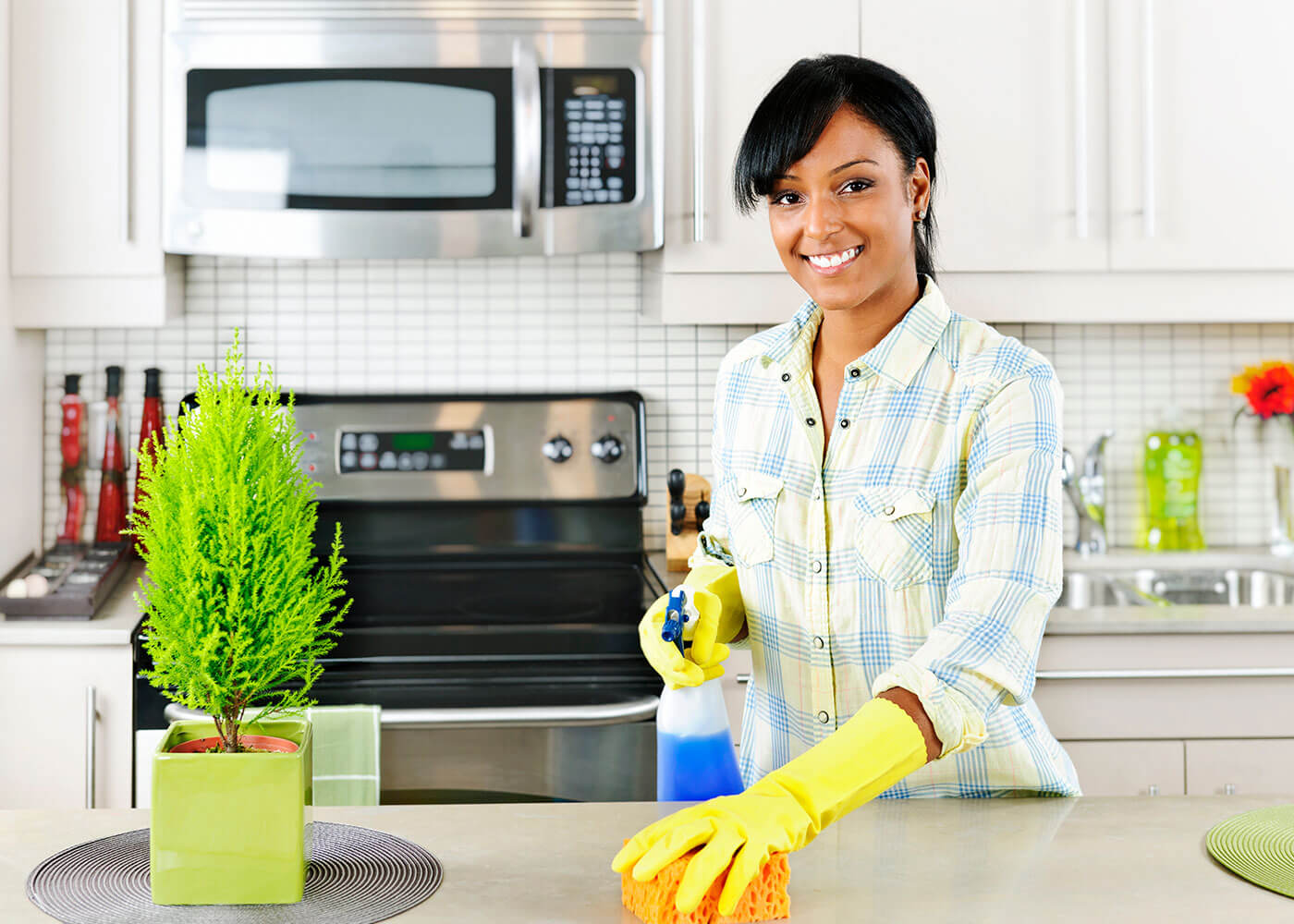How to Clean Kitchen Cabinets Without Removing Finish Easily?
Keeping your kitchen cabinets clean is essential for maintaining a fresh and appealing kitchen environment. However, many people hesitate to utilize various cleaning techniques for fear of damaging the finish on their cabinets. This article will address the important aspects of how to clean kitchen cabinets without removing finish. We will talk about effective but gentle cleaning techniques that allow you to maintain the beauty of your cabinets while ensuring they stay spotless.
The process of cleaning your kitchen cabinets doesn't have to be complicated. You can achieve a thorough clean without stripping the varnish or damaging the wood. By following these guidelines, you'll ensure that your kitchen remains a vibrant and inviting space.

Understanding Your Cabinets' Finish
Before attempting to clean your kitchen cabinets, it is crucial to understand the type of finish applied. Some cabinets have a robust polyurethane finish, while others may use lacquer or oil-based finishes. Knowing your cabinets' finish will allow you to choose the correct cleaning method.
For example, a water-based cleaner may be suitable for polyurethane finishes, while oil-based finishes may require oil or vinegar for cleaning. Always do a spot test in an inconspicuous area before applying any cleaning solution widely.

Materials You Will Need
Heres a list of materials youll need to clean your kitchen cabinets without damaging the finish:
- Soft cleaning cloths
- Warm water
- Dish soap or mild liquid detergent
- White vinegar
- Olive oil or coconut oil
- Spray bottle
Step-By-Step Cleaning Guide
1. Dust First
Begin your cleaning process by dusting your cabinets. Use a soft, dry cloth or a duster to remove any surface dust and debris. This will make the subsequent cleaning steps more effective.
2. Prepare Your Cleaning Solution
In a spray bottle, mix a solution of warm water and a few drops of mild dish soap. Alternatively, you can use equal parts of water and white vinegar for a more natural cleaning solution. Make sure it's not too concentrated, as this can leave a residue.
3. Wipe Down the Cabinets
Spray your cleaning solution onto a cloth rather than directly onto the cabinets to avoid excess moisture. Gently wipe down the cabinet surfaces, focusing on areas with grease or stains. Avoid scrubbing too hard, as this may remove the finish.
4. Rinse with Water
Once youve cleaned the cabinets with your solution, dampen another cloth with clean water and wipe the surfaces again to remove the soap or vinegar residue. It's important not to leave any cleaning solution on the cabinets as it may cause them to look cloudy.
5. Dry Thoroughly
After rinsing, use a dry microfiber cloth to thoroughly dry the surfaces. Moisture can damage finishes over time, so be diligent in ensuring that everything is dry.
6. Add a Protective Coating
To maintain a polished look, consider applying a small amount of olive oil or coconut oil to a soft cloth and buff it into the cabinets. This will help keep the finish intact and enhance its shine.

Additional Tips and Tricks
Incorporating additional tips can provide even better results in your cleaning process:
- For tough stains, consider mixing baking soda with water to form a paste that can be gently scrubbed on the affected area.
- If your cabinets have accumulated greasy splatters, the vinegar solution can work wonders in cutting through the grime.
- Be consistent with cleaning schedules; a weekly dusting and monthly deep clean will prolong the life of your cabinets.
- Never use abrasive cleaners or sponges as they can damage the finish and make it look worn.

Dealing With Stubborn Grime
Occasionally, you might encounter stubborn grime on your cabinets. In such cases, you can learn how to tackle grease effectively without removing the finish. Always remember to approach such situations with a gentle touch to avoid harming the finish.
Maintaining Your Cabinets Long-term
Regular maintenance is the key to prolonging the life of your kitchen cabinets. Its often easier to maintain them than to clean them after a long time of neglect. Use cabinet liners to protect surfaces from spills, and be vigilant about cleaning up any messes promptly.
FAQs About Cleaning Kitchen Cabinets Without Removing Finish
1. How often should I clean my kitchen cabinets?
It is advisable to dust your cabinets weekly and perform a more thorough clean at least once a month.
2. Can I use bleach to clean my cabinets?
Using bleach is generally not recommended as it can damage the finish and discolor the wood.
3. What if the finish looks dull after cleaning?
If your cabinets appear dull, buff them gently with a little olive oil or a dedicated furniture polish to restore shine.
As an Amazon Associate, I earn from qualifying purchases.

